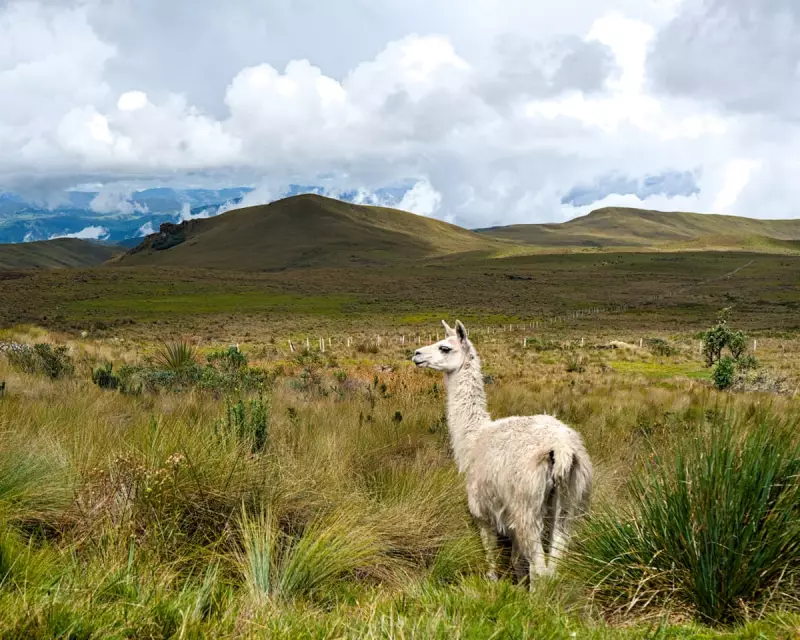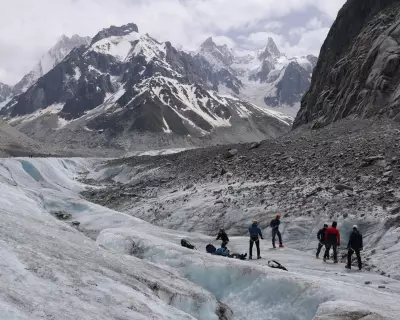
Ecuador's pristine páramo ecosystem, a vital water source and biodiversity hotspot, is under severe threat as mining corporations aggressively pursue gold, silver, and copper extraction in the Cajas region. The government's recent approval of exploitation licenses has sparked fierce backlash from environmental activists and local communities.
The Páramo's Fragile Balance at Risk
The high-altitude páramo acts as a natural sponge, absorbing rainfall and slowly releasing it into rivers that supply water to millions. Experts warn that mining activities could disrupt this delicate hydrological system, leading to water shortages and ecological collapse.
Corporate Interests vs. Environmental Protection
Multinational mining companies argue that the projects will bring economic development to the region. However, environmental groups counter that short-term financial gains pale in comparison to the long-term environmental costs. "We're trading water for gold," said María Fernanda Solíz, a leading Ecuadorian ecologist.
Irreversible Consequences
Scientific studies indicate that:
- The páramo's unique vegetation takes centuries to form
- Heavy metal contamination could poison water supplies permanently
- Rare species found nowhere else on Earth face extinction
Local indigenous communities, who have protected these lands for generations, vow to resist the mining operations through legal challenges and protests.
Global Implications
Environmental organizations worldwide are rallying support, framing the struggle as a critical test case for balancing economic development with ecosystem preservation. The outcome could set precedents for similar conflicts across South America.





